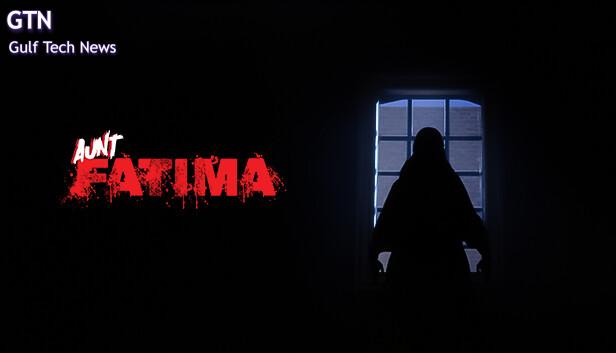Saudi Indie Horror Hit Aunt Fatima Pushes Boundaries with NVIDIA RTX Technologies

NVIDIA’s RTX Platform is redefining the future of game development in the Middle East. In the case of the Saudi indie game Aunt Fatima, RTX technologies helped bring the terrifying game to life, offering a unique horror experience rooted in local folklore.
Created single-handedly by Saudi creator Abdullah Al Hamad, Aunt Fatima is a first-person psychological horror game that transforms a traditional Saudi household into a nightmarish trap. The game topped YouTube Gaming’s trending list and won the awards for Best Saudi Game and Best Arab Game.
It also shocked players with its chilling narrative and immersive mechanics, all of which were built by a solo developer who leveraged NVIDIA’s most advanced tools to fully realize his vision.
“I developed this game within six months. Even with that timeframe, I made sure that every puzzle, brick and horror element is thoughtfully designed,” said Abdullah Al Hamad. “As a gamer and content creator, I designed Aunt Fatima to provide a thrilling experience from start to finish.
Thanks to DLSS, I was able to create a visually stunning game that runs smoothly across a wide range of systems.”
A Technical Masterclass Powered by RTX 50 Series
Aunt Fatima cleverly blends gripping horror with cultural depth, serving as a great showcase of NVIDIA’s latest technologies, especially those exclusive to the GeForce RTX™ 50 Series. The game utilizes DLSS 4 with Multi-Frame Generation to boost performance on mid-range hardware by intelligently generating frames and improving image quality through AI.
There’s also Ray Reconstruction that enhances lighting and shadows and RTX Video Super Resolution that ensures cleaner, sharper visuals without straining the GPU.
From Content Creator to Acclaimed Game Developer
Abdullah Al Hamad’s journey started with designing a main menu inspired by video games, which led him into a deep dive into game development tutorials. His background in content creation provided him with the visual eye and narrative flair to craft something unique, using NVIDIA’s tools to give him the technical firepower to match his vision.
To authentically represent Saudi culture, Abdullah conducted field visits to traditional homes to inspire the game’s environments, fusing real-world textures with terrifying gameplay scenarios.
Abdullah shared more about his development journey, cultural inspirations, and technical process in a recent exclusive video interview with Tech Influencer Cambotar. In the conversation, he breaks down key moments in the game’s creation, from concept to execution.
Studio Nights Spark New Connections
After Aunt Fatima started gaining traction online, Abdullah was invited to NVIDIA Studio Nights III in Riyadh, his first interaction with the wider MENA game development community. The event validated the game’s impact on developers and publishers.
“The reaction to the game at Studio Nights III was incredible,” he shared. “It opened doors I never expected. Now, the techniques I used in the game are being taught in game development academies in the region.”
Empowering MENA Game Developers
Abdullah encourages fellow independent developers in the region to explore NVIDIA RTX tools, emphasizing their accessibility and high impact, especially for teams with limited resources.
“If your game relies on visual fidelity, there’s no reason not to use DLSS. It balances performance and quality in a way that’s perfect for today’s diverse hardware market, and it’s free to implement.”
While a sequel to Aunt Fatima remains unconfirmed, Abdullah hinted at multiple projects in the pipeline that promise to further elevate Arab voices in the global gaming industry.




